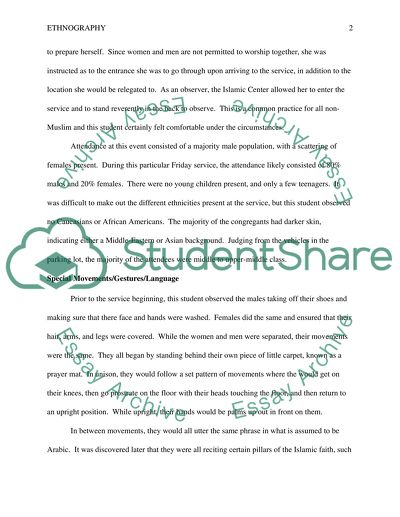Cite this document
(“Ethnography of a religious event Research Paper”, n.d.)
Retrieved de https://studentshare.org/religion-and-theology/1614881-ethnography-of-a-religious-event
Retrieved de https://studentshare.org/religion-and-theology/1614881-ethnography-of-a-religious-event
(Ethnography of a Religious Event Research Paper)
https://studentshare.org/religion-and-theology/1614881-ethnography-of-a-religious-event.
https://studentshare.org/religion-and-theology/1614881-ethnography-of-a-religious-event.
“Ethnography of a Religious Event Research Paper”, n.d. https://studentshare.org/religion-and-theology/1614881-ethnography-of-a-religious-event.


